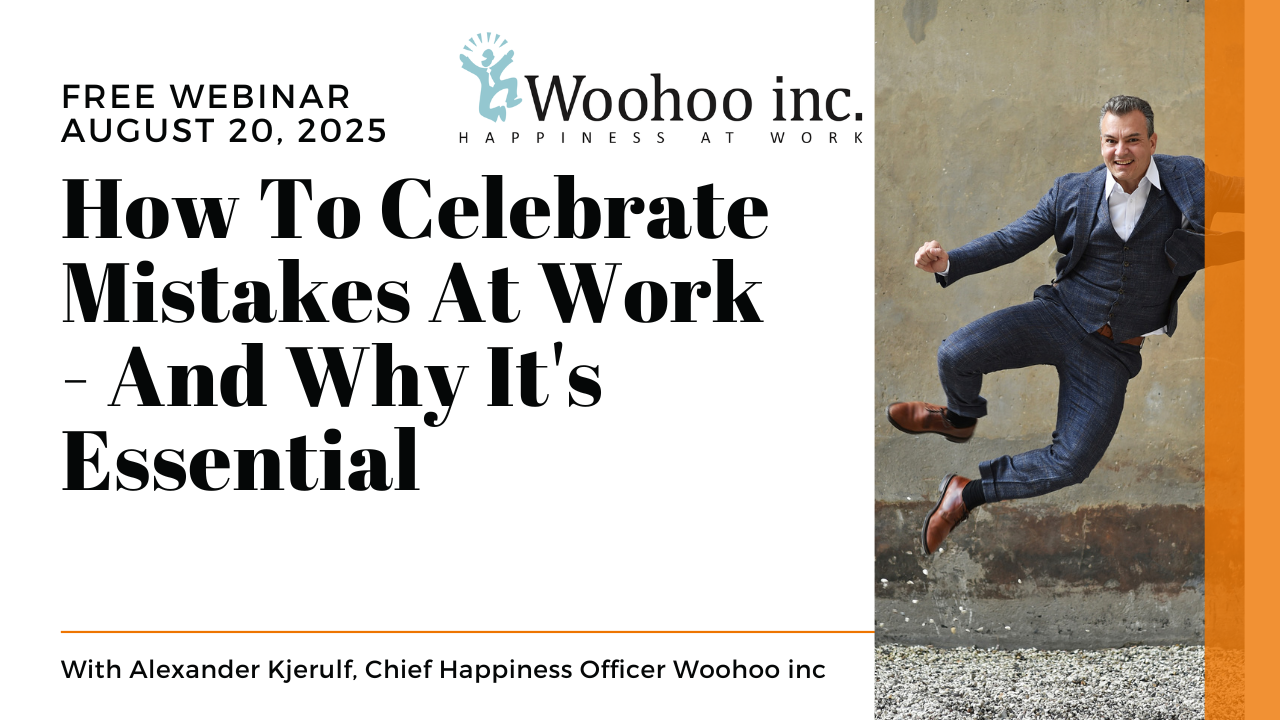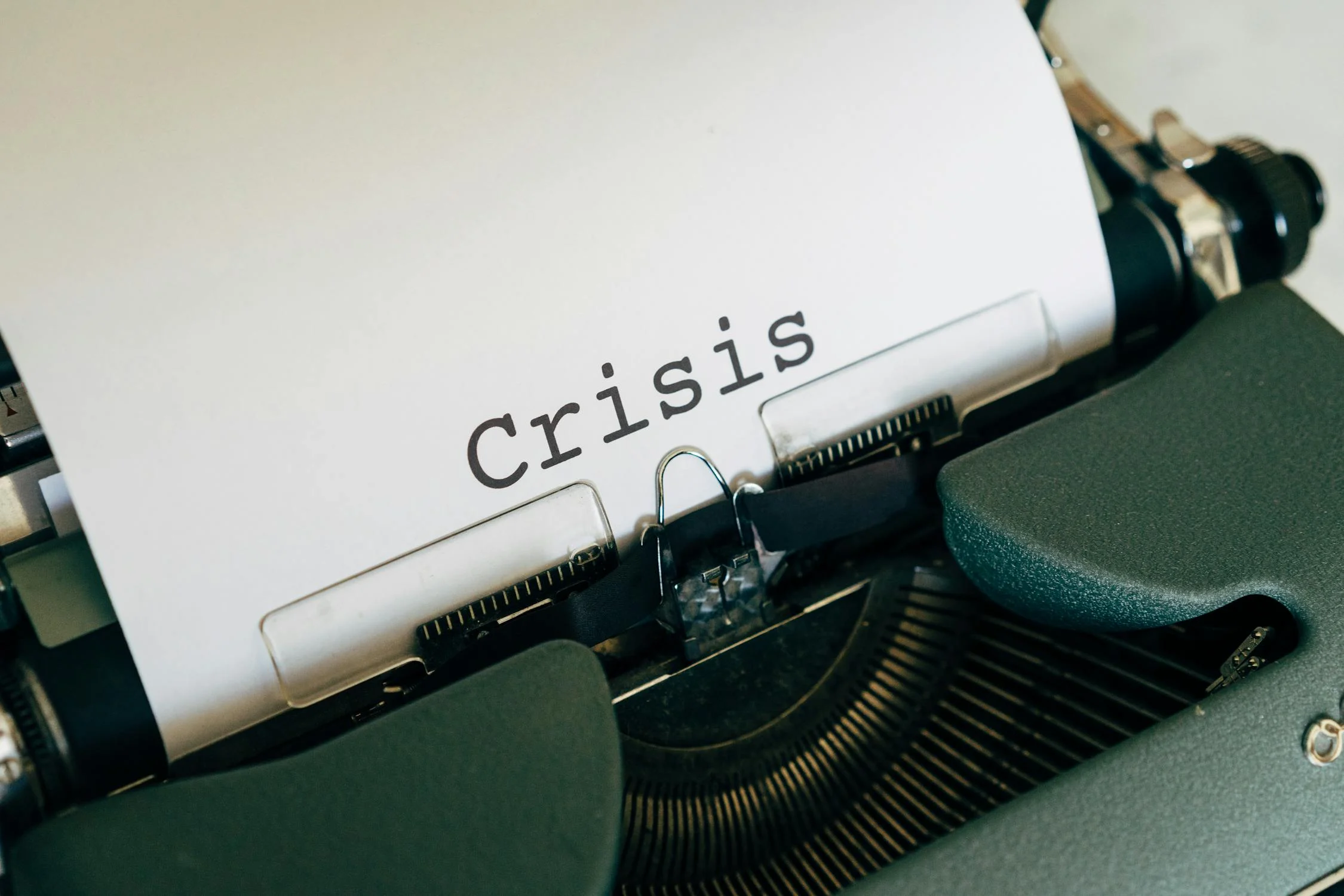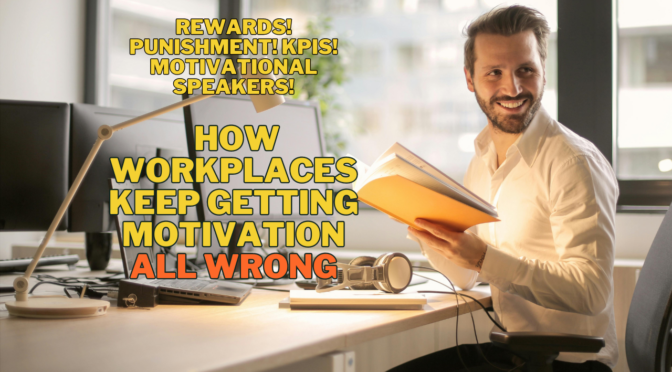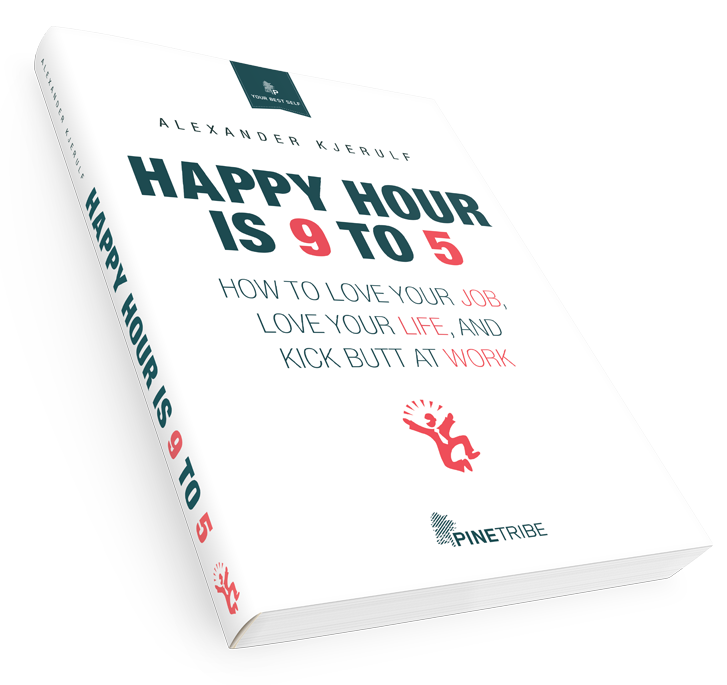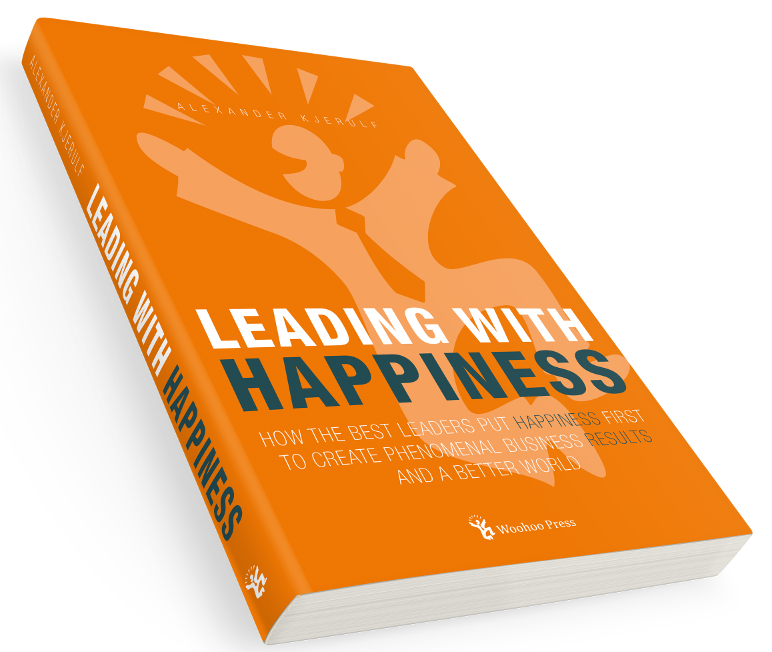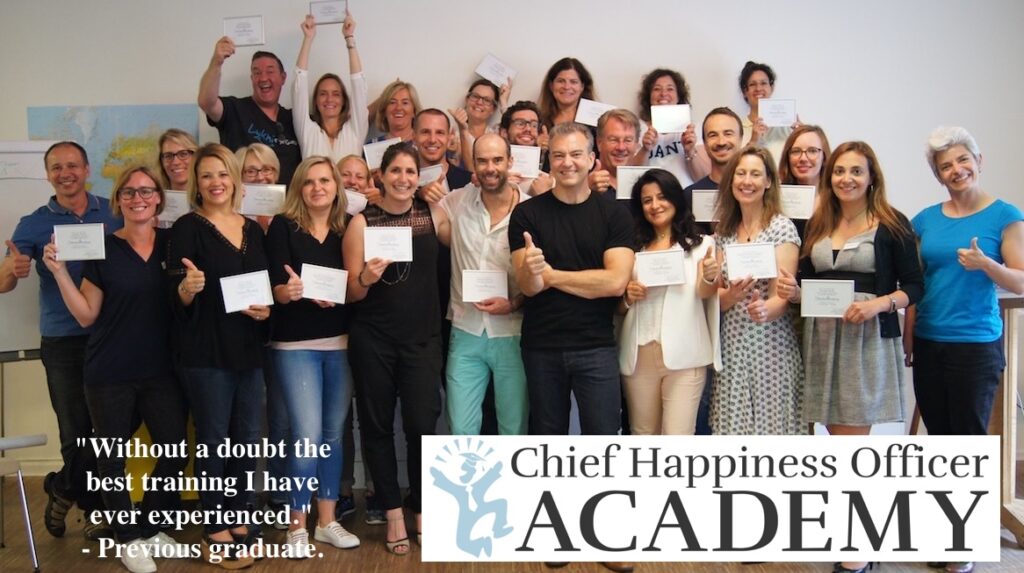Well then, reading Neal Stephensons newest book Quicksilver took me a little longer than expected but then it is 900 pages long. It’s set in the 1600’s amid scientists (called natural philosophers at the time), alchymists, kings, nobles and vagabonds. The cast of characters is enormous and contains both real and fictional people. People like Isaac Newton, Leibnitz, Louis XIV and William of Orange mix with names familiar to readers of Cryptonomicon: Waterhouse’s, Comstock’s, Shaftoe’s and especially Enoch Root.
The book seems extremely well researched, and certainly all I know about that period and its science and politics seemed to fit it. The book is divided into three books, and my favourite is definitely the middle part where the main characters are Jack Shaftoe (half-cocked jack, the king of vagabonds) and Eliza whom he rescues from a turkish harem. This part has a tremendous drive and energy.
The other two thirds of the book are driven mainly by the amusing and highly detailed descriptions of the political and scientific developments of that age, inventions ranging from calculus to stock markets. The book is enormously complex, and being the kinf od reader I am, I’m sure I missed many of the more subtle points it has to offer. I hope to pick them up when I re-read the book at some point.
UPDATE:
I have now re-read Quicksilver, and completely changed my mind about the book. The book is excellent, I just didn’t get it the first time around. As with many truly rewarding works, you may not get it at first, but when you do, it’s that much more rewarding.
This book is not a single page too long! It IS complex, but that’s why it’s good. Read it!
